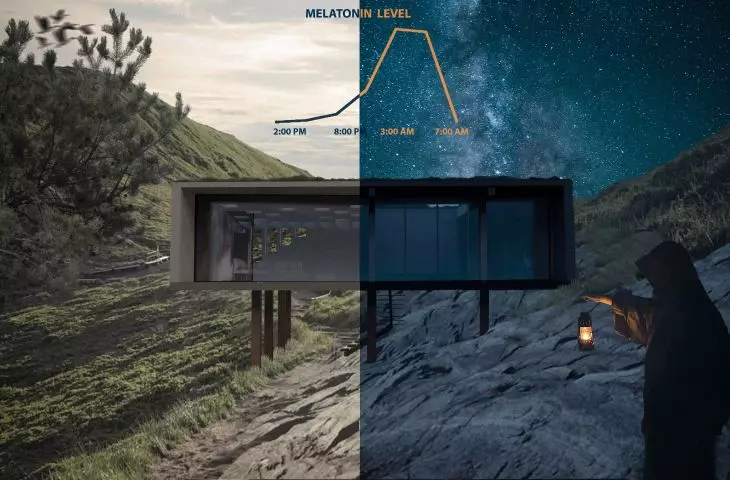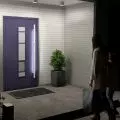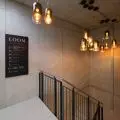PLEA focuses on promoting passive and low-energy architecture by developing, documenting and disseminating bioclimatic design principles. In addition, the organization promotes the use of natural and innovative techniques in sustainable architectural and urban design.
competition
The Sustainability & Resilience Student Design Competition 2024 is part of the 37th PLEA Conference, which will be held June 25-28, 2024 at the Wrocław University of Technology. Students submitted innovative proposals promoting sustainable design. Due to the international nature of both the conference and the competition, the location of the submitted project was arbitrary. The organizers were keen to ensure that the locations chosen by the participants met the competition objectives.
The category of Scale of definition - a building or an enclosed public space involved creating a design for a building or public space that is more sustainable and resilient to climate change. The idea was to have functional ideas , incorporating technological innovations using sustainable elements and interacting with the urban fabric.

light intensity analysis
© Jan Momot, Mateusz Pludowski
"Circadian Retreat House in Bieszczady".
Participants in the competition could choose any building or focus on public open spaces, such as housing estates, allotments or playgrounds. It was important to focus on climate-friendly solutions.
The Gdansk students created the project, carried out as part of the elective course "Daylight in Architecture" under the guidance of Dr. Natalia Sokol. They based their design on an in-depth analysis of lighting to minimize the use of artificial light and improve natural circadian rhythms. The concept was set in the darkest and least "light-polluted" place in Poland - the Bieszczady Mountains.

comparative analysis
© Jan Momot, Mateusz Pludowski
Thanks to the strategic placement of windows and openings that control the flow of light into the building, the students managed to create a design that providesoptimal conditions for users depending on the time of day and regardless of the season. Properly adjusted natural lighting positively influences the comfort of residents and provides energy-efficient solutions within the framework of sustainable architecture.
project objectives
The project aimed to transform the existing building into a Circadian house by strategically using daylighting analysis tools for the placement of horizontal windows and skylights. The focus was on enhancing naturally occurring circadian cycles, which can help improve occupant well-being and make the building more resilient to climate change. In addition, stargazing is provided, and a significant reduction in the use of artificial light will promote sustainable use of energy resources.

circadian diagram
© Jan Momot, Mateusz Pludowski
users' home rhythm
For the authors of the winning idea, the most important aspect became concern for the users' diurnal rhythm. The diurnal rhythm, which is a natural oscillation in bodily functions, plays a key role in regulating the secretion of hormones and modulating changes in body temperature and blood pressure, which affects alertness and general well-being during the day. Controlled mainly by the amount of daylight, the diurnal rhythm is an integral part of human existence. Avoiding artificial light at night and using natural light during the day can be seen as a simple and effective non-pharmacological measure to support overall mental health.

implementations
© Jan Momot, Mateusz Pludowski
The students presented an innovative approach to the use of natural light, emphasizing the importance of modern architecture in creating a sustainable living environment. Their idea may inspire thesearch for new design solutions in harmony with nature.






























